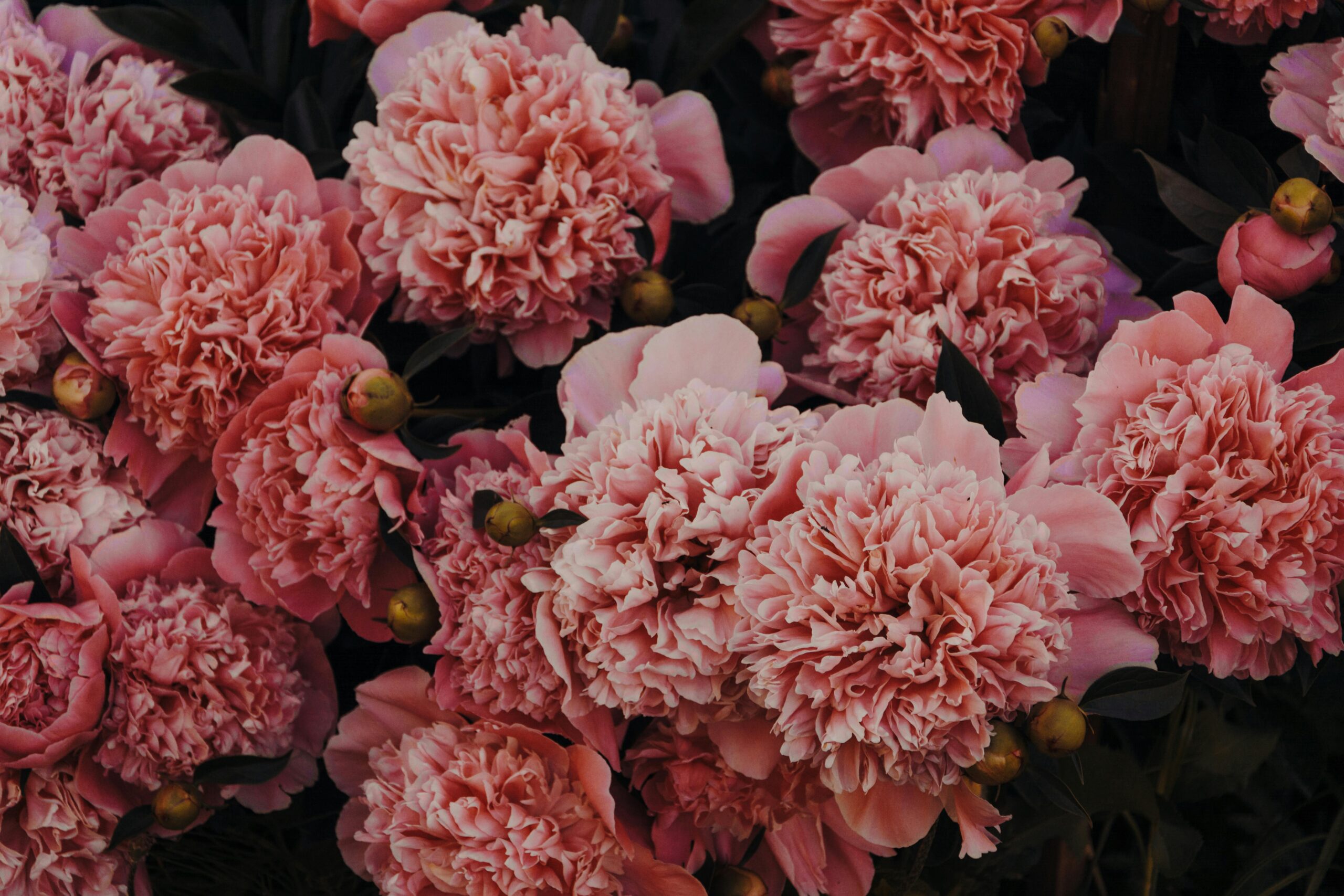Pink flowers have long been cherished for their delicate beauty and the sense of tranquility they bring to gardens and homes. With their wide range of shades and forms, pink flowers can create stunning displays that captivate the eye and soothe the soul. Whether you’re an experienced gardener or a novice flower enthusiast, understanding the different types of pink flowers and how to care for them is essential to cultivating a vibrant and thriving garden. This article explores the diverse world of pink flowers, offering insights into popular varieties, care instructions, seasonal considerations, and more to help you create your own floral paradise.
Also they are among the most beloved in the floral kingdom, symbolizing love, grace, and admiration. Their versatility allows them to complement any garden style, from classic to contemporary. With hues ranging from soft pastels to vibrant fuchsias, pink flowers can add depth and charm to garden landscapes. Understanding the characteristics and needs of different pink flower varieties is crucial for successful cultivation and maintenance.
Popular Types of Pink Flowers
Here, we explore ten types of pink flowers that are popular among gardeners and flower enthusiasts alike, each with its unique beauty and characteristics.
- Roses: Known for their classic beauty and fragrance, pink roses come in various shades and forms, from climbing to bush varieties. They symbolize elegance and grace.
- Peonies: These lush, full blooms are a favorite for their romantic appearance and sweet scent. Pink peonies are often used in wedding bouquets and garden borders.
- Cherry Blossoms: Celebrated for their fleeting beauty, cherry blossoms are iconic in springtime gardens. Their delicate pink petals create a stunning visual display.
- Camellias: With their glossy leaves and stunning blooms, camellias add a touch of sophistication to any garden. Pink camellias are especially prized for their vibrant color.
- Begonias: Known for their versatility, pink begonias can thrive in both garden beds and containers. They offer continuous blooms from spring through fall.
- Geraniums: These hardy flowers are perfect for adding a splash of pink to garden borders and window boxes. Geraniums are easy to care for and bloom profusely.
- Azaleas: Pink azaleas are a popular choice for their vibrant color and ability to thrive in shaded areas. They are perfect for adding color to woodland gardens.
- Hydrangeas: Known for their large, showy clusters of flowers, pink hydrangeas can change color depending on soil pH, adding a dynamic element to gardens.
- Cosmos: These daisy-like flowers are easy to grow and maintain, making them a favorite for novice gardeners. Pink cosmos add a whimsical touch to flower beds.
- Tulips: Symbolizing renewal and spring, pink tulips are a classic choice for spring gardens. They offer a wide range of shades and forms to suit any design.
Care Instructions for Pink Flowers
Caring for pink flowers involves understanding their specific needs regarding soil, light, and water. Each type of pink flower has unique requirements that must be met for optimal growth and blooming.
- Roses: Require well-drained soil and full sun exposure. Water deeply but infrequently to encourage deep root growth.
- Peonies: Thrive in well-drained soil with full sun to partial shade. Water regularly, especially during dry spells, to keep the soil moist but not waterlogged.
- Cherry Blossoms: Prefer well-drained, slightly acidic soil and full sun. Ensure consistent moisture during the growing season.
- Camellias: Need acidic, well-drained soil and partial shade. Water regularly, particularly during dry periods, and mulch to retain soil moisture.
- Begonias: Grow best in well-drained soil with partial to full shade. Water regularly to keep the soil consistently moist.
- Geraniums: Prefer well-drained soil and full sun to partial shade. Allow the soil to dry out between waterings to prevent root rot.
- Azaleas: Require acidic, well-drained soil and partial shade. Keep the soil consistently moist, especially during blooming.
- Hydrangeas: Thrive in rich, well-drained soil with partial to full sun. Water regularly to maintain even moisture levels.
- Cosmos: Prefer well-drained soil and full sun. Water sparingly, as they are drought-tolerant once established.
- Tulips: Need well-drained soil and full sun. Water thoroughly during dry spells and ensure proper drainage to prevent bulb rot.
Seasonal Checklist for Pink Flowers
Maintaining a vibrant display of pink flowers throughout the year requires careful planning and attention to seasonal changes. Here’s a checklist to guide you through each season:
Spring
- Plant bulbs such as tulips and peonies early in the season.
- Fertilize roses and other perennials as they begin to grow.
- Prune any dead or damaged branches from shrubs like azaleas and camellias.
Summer
- Deadhead spent blooms to encourage continuous flowering.
- Water regularly, especially during hot, dry spells.
- Monitor for pests and diseases, taking action as needed.
Fall
- Plant new shrubs and perennials to establish roots before winter.
- Mulch around plants to retain moisture and regulate soil temperature.
- Cut back perennials like geraniums and cosmos after the first frost.
Winter
- Protect tender plants with frost covers or move potted plants indoors.
- Prune roses and other deciduous shrubs during dormancy.
- Plan for spring planting by ordering seeds and bulbs.
Common Pests and Diseases
Pink flowers, like all plants, can be susceptible to various pests and diseases. Early identification and management are crucial to maintaining healthy plants.
- Aphids: These small insects can cause significant damage by sucking sap from plant tissues. Use insecticidal soap or neem oil to control infestations.
- Powdery Mildew: A common fungal disease that appears as a white powdery coating on leaves. Improve air circulation and apply fungicides as needed.
- Black Spot: A fungal disease affecting roses, characterized by black spots on leaves. Remove infected leaves and apply fungicidal sprays.
- Spider Mites: Tiny arachnids that cause stippling on leaves. Increase humidity and use miticides to manage populations.
- Root Rot: Caused by overwatering and poor drainage, leading to wilting and yellowing. Ensure proper drainage and reduce watering frequency.
Tools and Safety Tips for Flower Care
Having the right tools and following safety tips can make flower care more efficient and enjoyable. Here are some essential tools and safety considerations:
- Gardening Gloves: Protects hands from thorns and soil-borne pathogens.
- Pruning Shears: Essential for trimming and shaping plants.
- Watering Can or Hose: Provides adequate watering to reach plant roots.
- Spade or Trowel: Useful for planting and soil preparation.
- Mulch: Helps retain soil moisture and suppress weeds.
When handling flowers, always wear gloves to protect against thorns and potential allergens. Use tools properly to avoid injury, and ensure all equipment is clean and well-maintained to prevent the spread of disease.

